Grasse, the city of a thousand fragrances
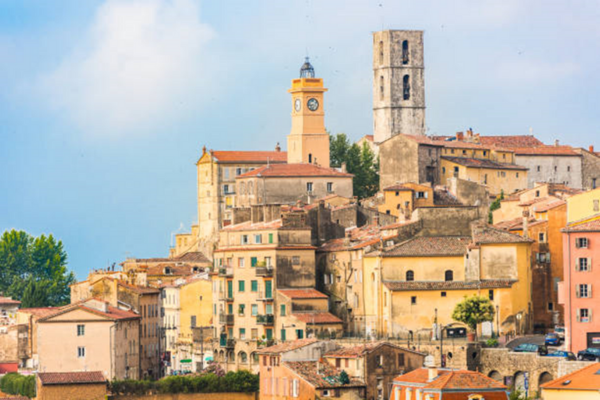
Exceptional fragrances, ancestral know-how, a worldwide reputation... Discover the extraordinary history of the perfumes of Grasse
Hidden away on a sunny hillside in the hinterland of Nice, the pretty little town of Grasse in the Alpes Maritimes has been world-renowned for its perfumes for centuries, and still perpetuates its perfume-making expertise handed down from generation to generation.
How did Grasse become the worldwide perfumes industry ?
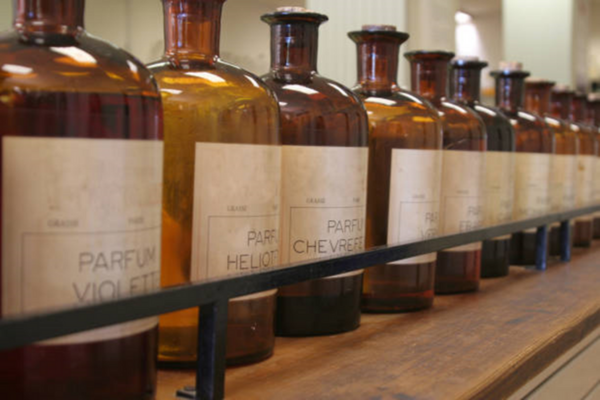
Did you know that in the Middle Ages, Grasse was famous not for its perfumes but for its leather tanning ?
Their leather gloves were highly prized by the nobility, but the unbearable odor they emitted was a real problem. Grasse gloves were certainly of very high quality, but they smelled terrible! In the 16th century, to eliminate the stink of leather, Galimard had the idea of using natural essences from the region and soaking his gloves in baths scented with Provencal bouquets. A pair was presented to Catherine de Médicis, who was immediately seduced. Word quickly spread at court, contributing to their renown. Flowers, which had made the region so charming, became a source of wealth for this small Mediterranean town. A new corporation was born: the Gantiers Parfumeurs.
But it was in the middle of the 18th century, the gloves industry gradually declined and the tanners of Grasse gave up glove-making altogether in favor of perfumes.
Over the following century, Grasse's perfumes attracted an international clientele and Grasse become the perfume capital of the world.
Three names to keep in mind
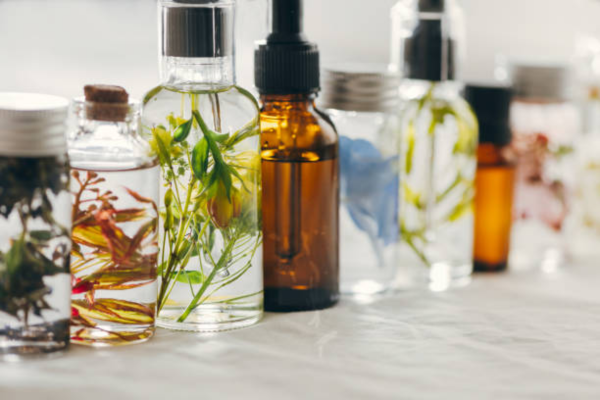
The three names to remember in the history of Grasse perfumes are Galimard, Molinard and Fragonard. Even though Fragonard was never a perfumer ! In Fact, it was Eugène Fuchs who opened the famous Fragonard perfumery in 1926 as a tribute of the Grasse artist, famous for his painting "Le Verrou".
A few dates :
La Maison Galimard: founded in 1747 by Jean de Galimard, master glove-maker and perfumer to the court of Louis XV. Today, the perfumery also produces cosmetics and home fragrances.
La Parfumerie Molinard: founded in 1849 by Hyacinthe Molinard, famous for creations such as Habanita (1921). Soaps, cosmetics, home fragrances and candles are also available today.
La Maison Fragonard: founded in 1926 by Eugène Fuchs and named, as mentioned above, after the famous painter Jean-Honoré Fragonard.
A fertile land
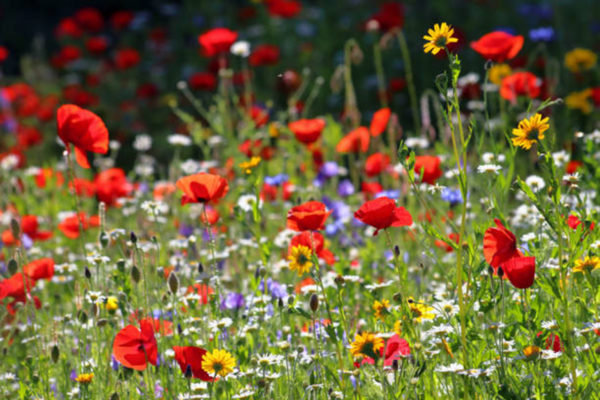
The garrigue and maquis land were (and still are) very favorable to the cultivation of plants for the emerging perfume business, thanks to the sunshine and an ideal geographical location.
Gradually, in response to strong demand, farmers began to distill their own crops for resale.
Orange, lavender, myrtle and pistachio shrubs were cultivated.
Jasmine, tuberose and roses were imported thanks to the opening of trade routes to India and the rest of Europe.
Farmers became composers, and their skills became known by word of mouth.
The olfactive pyramid

Once the first stage of harvesting flowers and importing natural raw materials has been completed, producers move on to the processing stage.
The aim of this process is to capture the fragrant essences of plants. When the concretes and other essential oils are ready, the "noses" come into play. They then build the olfactory architecture of the desired composition. These more or less intense notes will bring the fragrance to life differently throughout the day. We speak of :
Top note:
The top note is the lightest and most fleeting. It's the first note you smell immediately after spraying a perfume and after the alcohol has evaporated. It's a fresh, volatile note that fades fairly quickly (after about a quarter of an hour). Unlike other notes, it does not evolve and remains true to itself.
It is often made up of essences such as citrus (lemon, mandarin, bergamot), lavender, aromatic herbs, light fruits (peach, mango, pineapple) or very contemporary notes such as green tea or cucumber. It lasts approximately 15 to 30 minutes on the skin.
Heart Note:
The heart note, at the center of the pyramid, gives the fragrance its character and style. It features white flowers (jasmine, gardenia, ylang ylang, lily of the valley), rosy notes (rose, geranium, peony), powdery flowers (violet, mimosa, iris) and spicy notes (cinnamon, cardamom, ginger).
The heart note appears a few minutes after vaporization, but only fully reveals itself after 20 to 30 minutes, when the top note has evaporated. It is less intense than the top note, but this makes it longer-lasting and more voluptuous. It lasts around 4 to 6 hours on the skin.
Base note:
The base note is the most intense and long-lasting of the fragrance pyramid, and constitutes the very essence of the olfactory signature. Its primary aim is to anchor the fragrance in time and make it easier to remember. It can be smelled in the evening, and sometimes again the next day, and can even be found on an item of clothing several days after it has been worn. This note is also present to fix the fragrance on the skin. Base notes are tenacious and powerful. They contain woody essences (patchouli, cedar, sandalwood, vetiver), animalic notes (amber, musk, leather), mosses (oak moss) and gourmand notes (vanilla, tonka bean, almond). It lasts up to 24 hours on the skin.
By harmoniously blending these 3 notes, the desired fragrance is created. The transformation stage from concrete to absolute is extremely subtle and delicate, requiring ancestral know-how and great expertise. The more important the top note, the fresher and lighter the fragrance (fresh floral or citrus fragrances). The stronger the heart and base notes, the more opulent and tenacious the fragrance (oriental fragrances).
Crafts recognized as World Heritage of Humanity

In 2018, Unesco's World Heritage list recognized Grasse's perfume craftsmanship.
This know-how is now included on the list of Humanity's intangible cultural heritage. According to Unesco, it comprises 3 aspects:
"The cultivation of the perfume plant, the knowledge of raw materials and their transformation, and the art of composing perfume".
The people of Grasse are delighted by this worldwide recognition of a centuries-old tradition.
To find out more
If you want to immerse yourself in the atmosphere of Grasse and its period perfumeries, we recommend the book "Le Parfum" by Patrick Süskind!
Perfumery glossary
Nose: Perfume creator with a highly developed sense of smell.
Concrete: alcohol-free solid perfume.
Absolute: Pure flower concentrate.
Discover all our Eaux de Toilette with fragrances of Grasse !

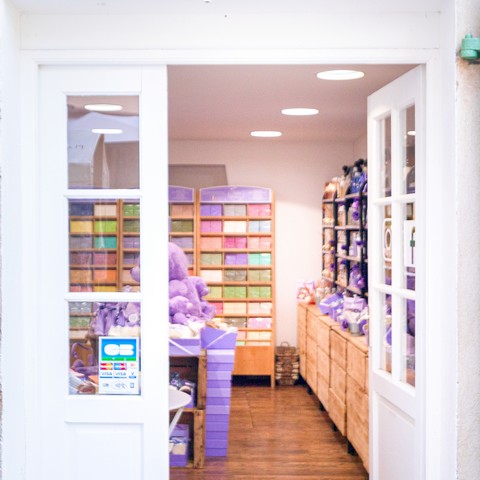
 Cookie preferences
Cookie preferences
 Folies de Provence at the Florence Christmas Market: an unmissable event
Folies de Provence at the Florence Christmas Market: an unmissable event
 Folies de Provence rallies for Pink October
Folies de Provence rallies for Pink October
 Which pillow mist to choose for soft and peaceful nights?
Which pillow mist to choose for soft and peaceful nights?
 White lavender, this little-known variety
White lavender, this little-known variety
 Lavender Festival: between tradition and discovery
Lavender Festival: between tradition and discovery
 How to protect yourself from mosquitoes this summer ?
How to protect yourself from mosquitoes this summer ?







